(ThyBlackMan.com) Slip and fall injuries can happen to anyone, but they often affect families in ways that go beyond the physical. In many Black communities, homes are not just places to live but centers of family, culture, and connection. While these spaces bring comfort, it’s important to recognize the small, everyday risks that can lead to accidents. Wet floors, clutter, uneven surfaces, and poor lighting can all create hazards that sometimes go unnoticed during busy days.
Being aware of these risks is the first step toward protecting loved ones. Safety begins at home with simple actions like securing rugs, clearing walkways, and ensuring good lighting in key areas. These measures help create environments where family members, from children to elders, can move freely and confidently.
It’s also helpful to keep an eye on changes over time. As families grow or age, new challenges can emerge. A home safe for young children might require adjustments for elders or individuals with mobility needs. Staying attentive to these changes supports lasting safety for everyone.
The Real Consequences Slip and Fall Injuries Have on Families
When someone experiences a slip and fall injury, the effects ripple through the whole family. It might mean time away from work, changes in daily routines, or added responsibilities for caregivers. Many Black families demonstrate resilience and strength in these moments, drawing on strong bonds and support networks to get through challenges.
According to a law firm, the emotional impact can be significant. Feelings of frustration, fear, or anxiety about future falls are common and deserve attention. Encouraging open communication helps individuals feel supported and understood, which plays an important role in healing and regaining independence.
The way families cope with recovery varies greatly. Some find comfort in cultural traditions or faith, which can provide emotional strength and a positive outlook. This cultural resilience often helps individuals stay motivated through slow or difficult healing processes and reinforces the importance of community support.
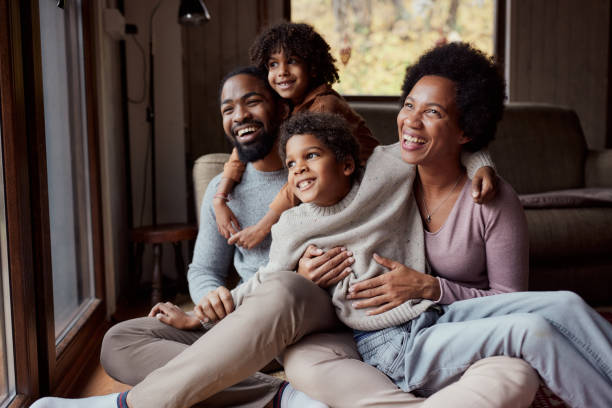
How Home Safety Practices Help Protect Our Families
For many Black families, creating a safe home environment means balancing many responsibilities. Taking time to check for trip hazards, fixing small repairs, and installing handrails or grab bars can prevent many common injuries. These adjustments don’t require a major overhaul but do show a commitment to health and wellbeing.
Teaching everyone in the household about safety practices is just as important. Children who learn early about careful movement and the dangers of slippery floors grow into adults who remain mindful. When families work together to keep homes safe, they build habits that protect each other day after day.
Beyond the home itself, it’s essential to consider outdoor spaces like porches, sidewalks, and driveways. Weather conditions or uneven pavement can also lead to falls. Taking simple precautions such as clearing debris or applying non-slip treatments can extend safety beyond the front door.
Strengthening Our Communities Through Safety and Support
The Black community is rich with traditions of mutual aid and looking out for one another. These values are essential when it comes to reducing the risks of slip and fall injuries. Neighborhood watch, community centers, and local organizations often offer resources like safety checks or education workshops that help families stay informed.
When neighbors report hazards and share tips, everyone benefits. Community leaders and groups also play a vital role in advocating for safer public spaces and housing conditions. Together, these efforts create environments where people feel secure and supported.
Many communities also organize events focused on health and safety, which bring people together to learn and support each other. These gatherings help spread awareness and encourage families to prioritize injury prevention, making a lasting impact on collective wellbeing.
Building on these efforts, some neighborhoods have developed volunteer programs that assist elders or those with limited mobility in home maintenance and safety improvements. This kind of hands-on support strengthens trust and ensures that everyone has access to safer living conditions. When communities invest in each other, the benefits extend far beyond reducing injuries—they foster a deeper sense of belonging and care.
How to Respond Effectively After a Fall Happens
Even with the best precautions, accidents can still happen. Knowing what to do after a slip or fall makes a difference. The first priority is checking for injuries and seeking medical care as soon as possible. Some injuries are not immediately obvious but can worsen without proper treatment.
Documenting the incident is also important, especially if the fall occurred in a rental or public space. Gathering information and speaking to witnesses can help protect rights if legal or insurance questions arise. Families should feel empowered to ask for help and advice when navigating these situations.
Access to healthcare and support services can sometimes be a challenge, but reaching out early ensures the best possible recovery. Many community organizations offer resources or referrals that ease this process. Knowing where to turn builds confidence and helps families regain control during a stressful time.
A Shared Responsibility for Safer Homes and Neighborhoods
Safety is a shared responsibility that touches every part of life. It starts with small, everyday actions in our homes and grows through the care and connection we build in our neighborhoods. When Black families and communities come together to prioritize safety, the impact is far-reaching.
By sharing knowledge, advocating for resources, and supporting one another, we create stronger foundations where everyone can thrive. Protecting our loved ones means protecting the community as a whole, and that’s a goal we can all work toward.
Together, we can make homes and neighborhoods safer places where families feel secure, valued, and empowered.
Community involvement strengthens the ties that hold us together. When local groups partner with health providers, housing authorities, and social services, they create a network of support that benefits everyone. These partnerships help make safety and wellbeing a true priority across the community.
Staff Writer; Craig Moore
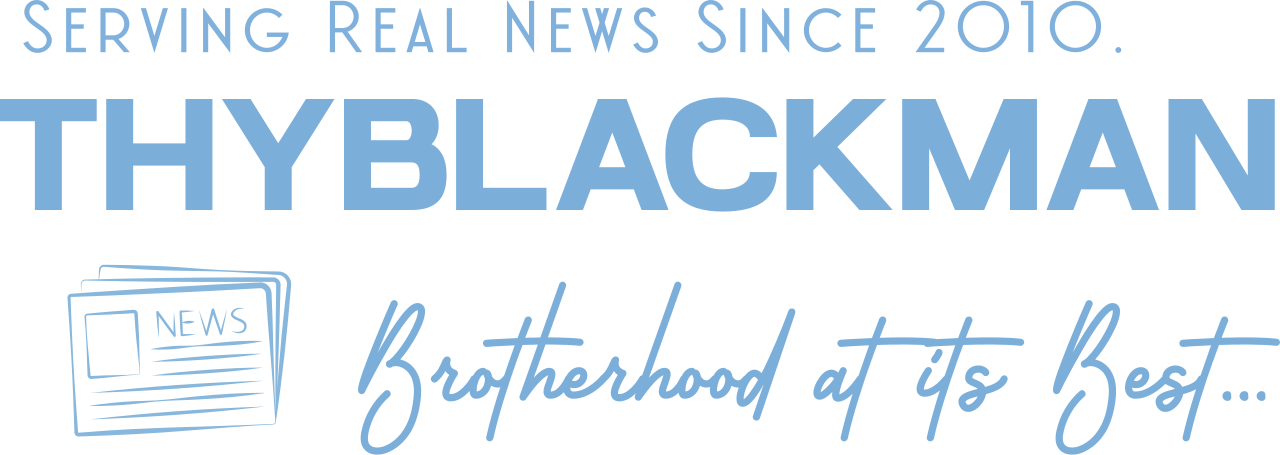











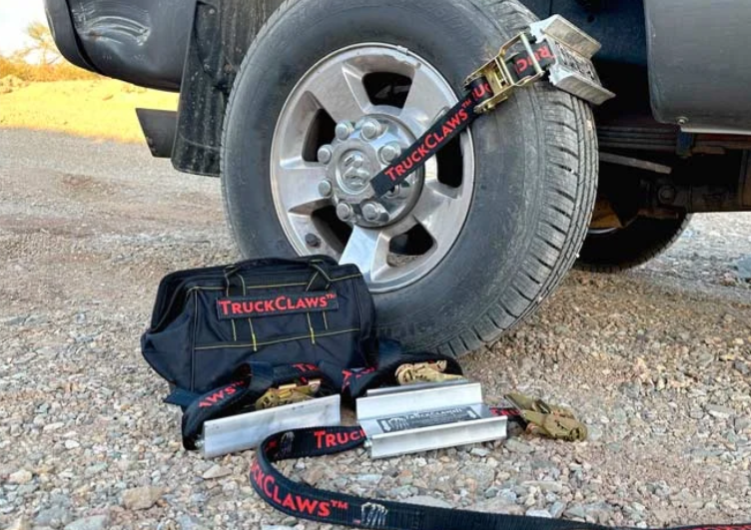
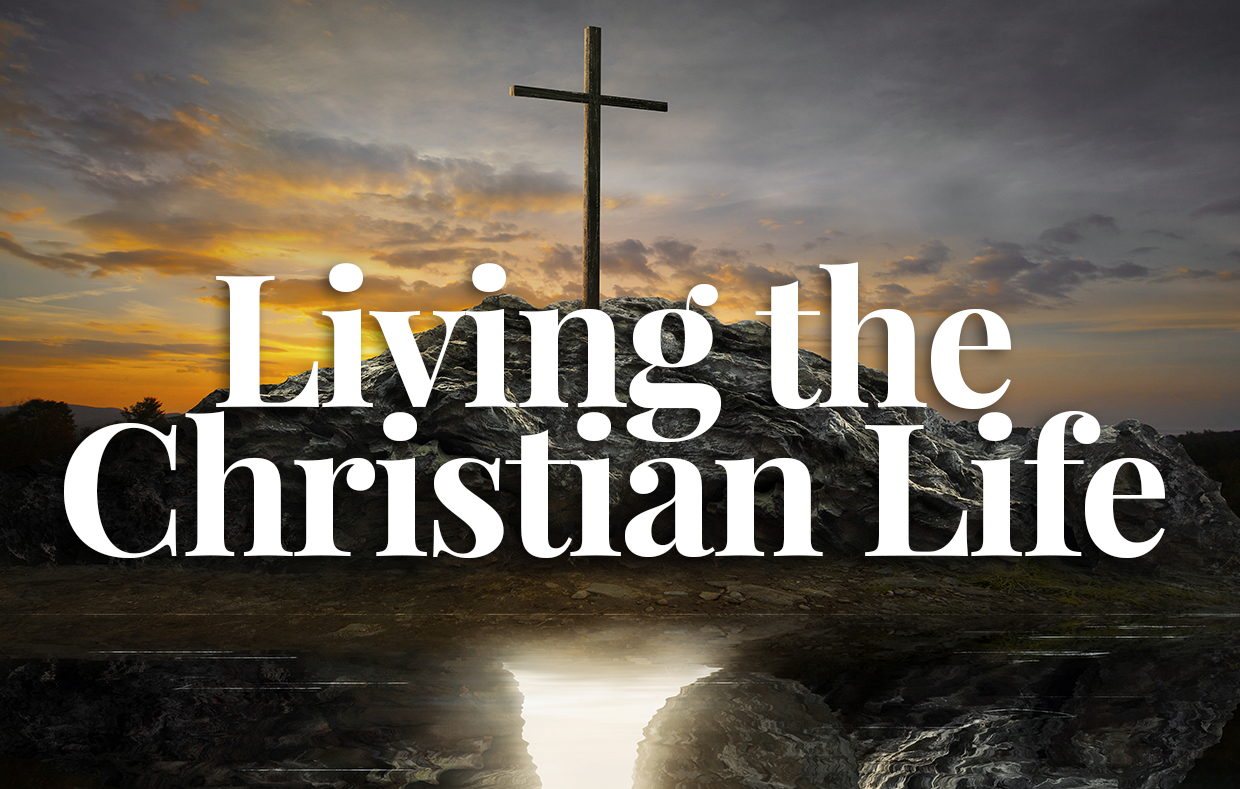
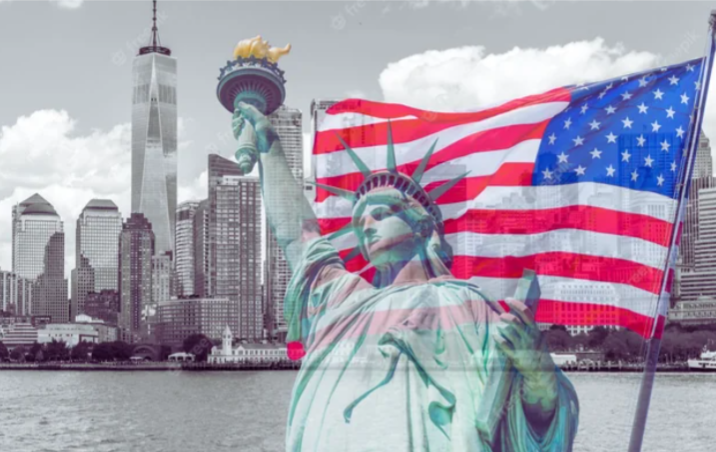
Leave a Reply